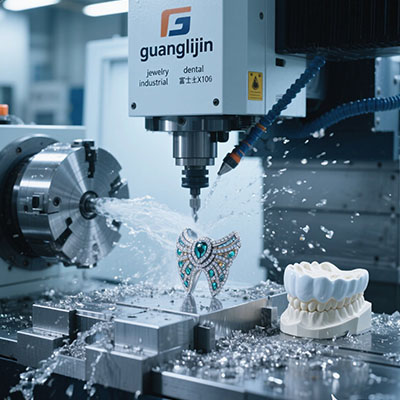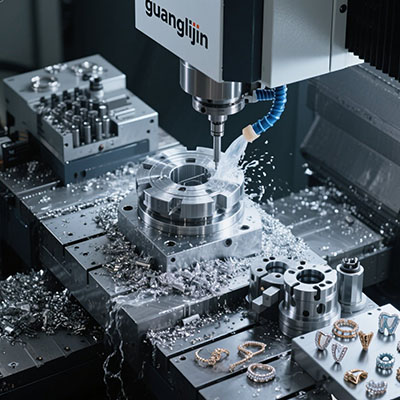Industrial 5-Axis CNC Mill: Precision Metal Cutting Expertise
The Precision Metal Cutting Challenge
Modern manufacturing demands complex metal components. Traditional machining methods struggle with intricate geometries. Multiple setups create alignment issues and quality problems.
Manufacturers face tight tolerances and complex designs. They need solutions that combine accuracy with efficiency. The challenge is maintaining precision across all operations.
5-Axis CNC Mill Technology: The Precision Solution
Industrial 5-axis milling machines revolutionize metal cutting. They enable complete machining in single setups. This eliminates handling errors and improves accuracy.
Production efficiency increases significantly. According to Modern Machine Shop data, 5-axis mills reduce production time by 60% for complex metal parts. Quality consistency reaches new heights.
Surface finish quality becomes exceptional. The tool maintains perfect contact throughout complex contours. This technology creates precise 5-axis cnc mill components consistently.
Case Study: Automotive Transmission Housing
Our team encountered a difficult challenge in early 2025. A client needed aluminum transmission housings with complex internal passages. Traditional methods required multiple operations.
We implemented advanced 5-axis milling strategies. The results were impressive. We reduced operations from seven to two. Accuracy improved while production time decreased by 45%.
Technology Comparison: 3-Axis vs 5-Axis Milling
Choosing the right technology depends on part complexity and precision requirements.
| Criteria | Project A: Mounting Plate | Project B: Engine Bracket |
|---|---|---|
| Geometry Complexity | Simple 2.5D features | Complex 3D contours |
| Recommended Process | 3-Axis Milling | 5-Axis Simultaneous |
| Tolerance Requirements | ±0.05 mm | ±0.02 mm |
| Setup Operations | 3 separate setups | Single setup |
| Surface Finish Quality | Good (1.2 μm Ra) | Excellent (0.5 μm Ra) |
The comparison shows clear advantages for complex precision work. However, simpler components may not need advanced capabilities.
5-Step Precision Metal Cutting Process
Mastering precision machining requires systematic execution. Follow these essential steps for optimal results.
- Design Analysis: Review CAD models for manufacturability. Identify critical features and potential machining challenges.
- Material Selection: Choose appropriate metals for the application. Consider strength, machinability, and thermal properties.
- Toolpath Optimization: Develop efficient cutting strategies. Balance speed, accuracy, and tool life considerations.
- Machine Setup: Secure workpiece with precision fixtures. Verify all tool offsets and machine calibration.
- Quality Assurance: Implement comprehensive inspection. Verify all dimensions and surface requirements.
Optimizing Precision Metal Cutting
Excellent results require more than basic programming. Tool selection dramatically impacts precision cutting. For example, using carbide end mills improves accuracy in hardened steels.
According to SME manufacturing studies, optimized cutting parameters can improve accuracy by 40%. This significantly impacts part quality and performance.
Interestingly, sometimes reducing cutting depth improves results. Shallower cuts can prevent tool deflection in precision work. This counter-intuitive approach often yields better outcomes.
Precision Machining Checklist
Ensure success with this comprehensive verification list:
- Material certifications meet specifications
- All cutting tools are within tolerance limits
- Workholding provides adequate rigidity and access
- Machine calibration is current and verified
- Cutting parameters are optimized for material
- Inspection equipment is calibrated and ready
- Quality documentation procedures are established







